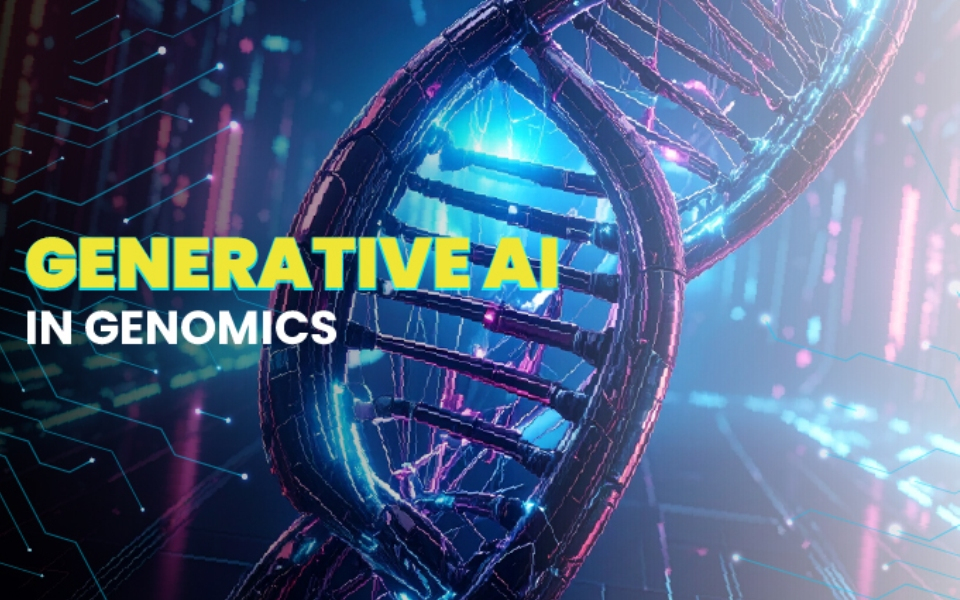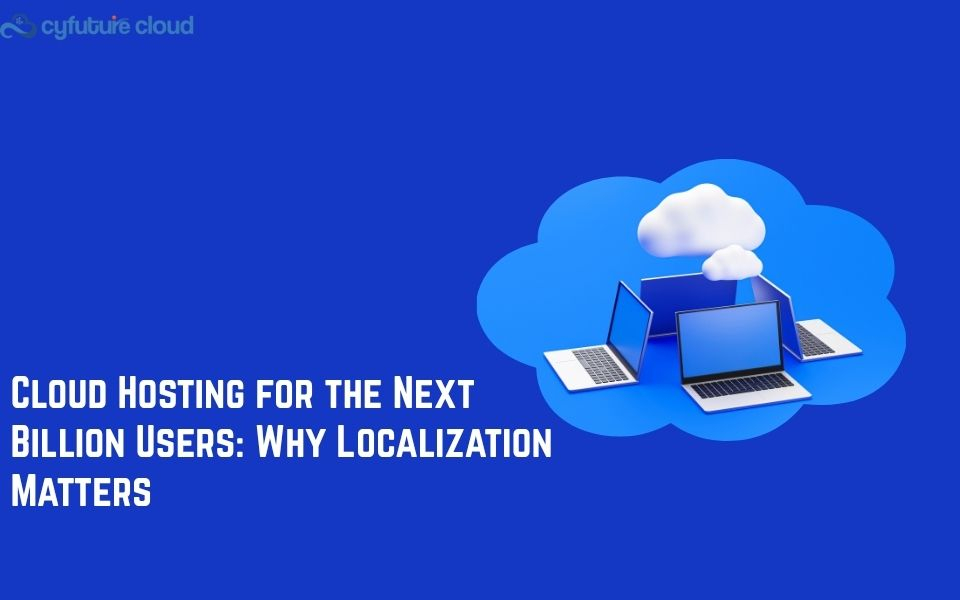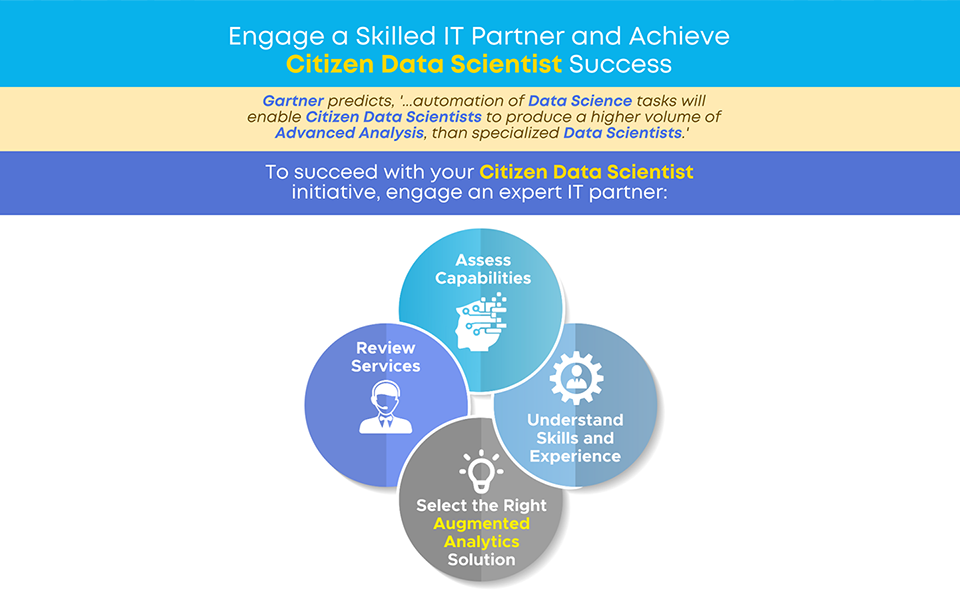Introduction
In today’s data-driven world, organizations are faced with an ever-increasing influx of information. This abundance of data holds the potential to transform the way businesses operate, but only if they can extract meaningful insights from it. This is where predictive analytics solutions come into play. By harnessing advanced algorithms and machine learning techniques, predictive analytics empowers businesses to not only understand historical trends but also foresee future events and make informed decisions. In this article, we will delve into the world of predictive analytics solutions, exploring their benefits, applications, and challenges.
Understanding Predictive Analytics
Predictive analytics is a branch of data analysis that focuses on using historical data and statistical algorithms to predict future outcomes. It goes beyond descriptive analytics, which simply summarizes past events, and diagnostic analytics, which aims to identify the causes of past events. Instead, predictive analytics aims to forecast what might happen in the future based on patterns and trends discovered in historical data.
Predictive analytics solutions are advanced tools and techniques used to analyze historical data and identify patterns, trends, and relationships that can be used to make informed predictions about future events or outcomes. These solutions employ various statistical, machine learning, and data mining methods to extract valuable insights from large datasets. Here are some key components and benefits of predictive analytics solutions:
1. Data Collection and Preparation: Predictive analytics starts with gathering relevant data from various sources, such as databases, spreadsheets, or external APIs. The data is then cleaned, transformed, and organized to ensure accuracy and consistency.
2. Feature Selection and Engineering: Selecting the right features (variables) to include in the analysis is crucial. Additionally, engineers might create new features that better represent the underlying patterns in the data, enhancing the accuracy of predictions.
3. Algorithm Selection: Different algorithms, such as regression, decision trees, neural networks, and ensemble methods, can be applied based on the nature of the data and the prediction task. The choice of algorithm can significantly impact the accuracy of predictions.
4. Model Training: During this phase, the predictive model is trained using historical data. The model learns patterns and relationships within the data to make predictions.
5. Validation and Testing: Predictive models need to be validated and tested on new, unseen data to assess their performance and ensure they generalize well to different situations.
6. Prediction and Forecasting: Once the model is trained and validated, it can be used to predict future outcomes based on new input data. This could include predicting sales, customer behavior, stock prices, disease outbreaks, and more.
7. Continuous Monitoring and Updating: Predictive models are not static. They should be regularly monitored to ensure they remain accurate and relevant. As new data becomes available, the models can be retrained and updated to reflect changing patterns.
Benefits of Predictive Analytics Solutions:
1. Improved Decision-Making: Predictive analytics provides insights that empower organizations to make informed decisions, optimizing operations, resource allocation, and strategies.
2. Risk Management: By identifying potential risks and anomalies in advance, businesses can take proactive measures to mitigate them.
3. Enhanced Marketing and Sales: Predictive analytics helps companies understand customer behavior, enabling personalized marketing campaigns and improving sales forecasts.
4. Supply Chain Optimization: Predictive analytics can forecast demand and optimize inventory management, reducing costs and ensuring products are available when needed.
5. Healthcare and Medicine: Predictive analytics aids in disease outbreak predictions, patient outcomes, and treatment effectiveness, ultimately improving healthcare delivery.
6. Financial Forecasting: The finance industry uses predictive analytics for credit risk assessment, fraud detection, and investment strategies.
7. Industrial Maintenance: Predictive analytics can predict equipment failures, allowing timely maintenance and minimizing downtime.
In conclusion, predictive analytics solutions leverage historical data and advanced algorithms to make accurate predictions about future events and outcomes. These solutions have the potential to transform various industries by optimizing processes, minimizing risks, and driving innovation.
Benefits of Predictive Analytics Solutions
- Informed Decision Making: Organizations can make more informed decisions by leveraging predictive insights. Whether it’s forecasting customer demands, optimizing supply chains, or identifying potential risks, predictive analytics helps decision-makers stay ahead.
- Enhanced Marketing Strategies: Businesses can tailor their marketing campaigns to target specific customer segments with higher precision. Predictive analytics identifies patterns in consumer behavior, allowing marketers to create personalized experiences.
- Risk Management: Industries such as finance and insurance benefit greatly from predictive analytics in assessing risks. By analyzing historical data, predictive models can predict the likelihood of default, fraudulent activities, and other potential risks.
- Resource Optimization: Predictive analytics helps in optimizing resource allocation. Whether it’s managing inventory levels, scheduling maintenance for machinery, or planning workforce allocation, organizations can minimize costs and improve efficiency.
- Improved Customer Experience: Anticipating customer needs and behavior patterns enables businesses to provide better customer service. Companies can proactively address issues, offer personalized recommendations, and foster loyalty.
Applications of Predictive Analytics
- Healthcare: Predictive analytics is used for patient diagnosis and treatment planning. It aids in predicting disease outbreaks, optimizing hospital operations, and even identifying patients at risk of readmission.
- E-commerce: Online retailers employ predictive analytics to enhance product recommendations, optimize pricing strategies, and reduce shopping cart abandonment rates.
- Manufacturing: Industries benefit from predictive maintenance, where data from sensors and machines is analyzed to predict when equipment might fail, allowing for proactive maintenance.
- Financial Services: Banks and investment firms use predictive analytics to assess credit risk, detect fraudulent transactions, and forecast market trends.
- Human Resources: Predictive analytics assists in employee recruitment and retention. It identifies patterns in employee data to predict attrition and to improve workforce planning.
Challenges and Considerations
- Data Quality: The accuracy of predictions heavily relies on the quality and quantity of historical data available. Incomplete or biased data can lead to inaccurate insights.
- Privacy Concerns: Utilizing personal data to make predictions raises privacy concerns. Organizations must adhere to data protection regulations and ensure ethical usage.
- Complexity: Implementing predictive analytics solutions requires specialized expertise in data science and machine learning. Organizations need to invest in skilled personnel and appropriate technology.
- Changing Patterns: Market dynamics and consumer behavior can change rapidly, making it challenging to maintain accurate predictive models over time.
Conclusion
Predictive analytics services offer businesses a powerful tool to gain insights into the future. By analyzing historical data, these solutions enable organizations to make informed decisions, improve processes, and deliver enhanced customer experiences. From healthcare to finance and beyond, the applications of predictive analytics are vast and continually expanding. However, to fully leverage the potential of these solutions, organizations must address challenges related to data quality, privacy, and complexity. As technology advances and data science evolves, predictive analytics will undoubtedly play an increasingly vital role in shaping the business landscape of tomorrow.


































